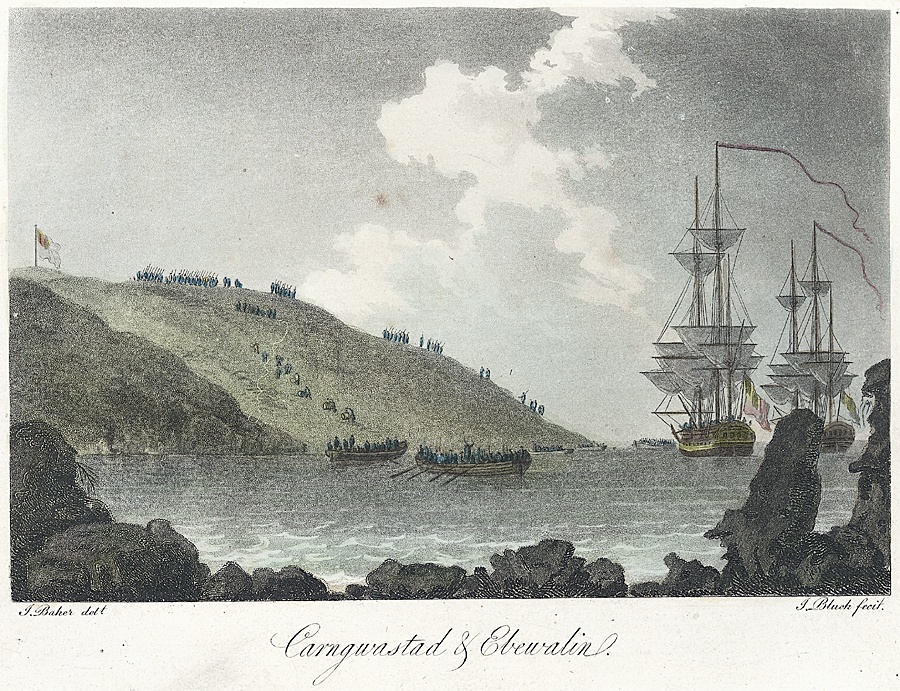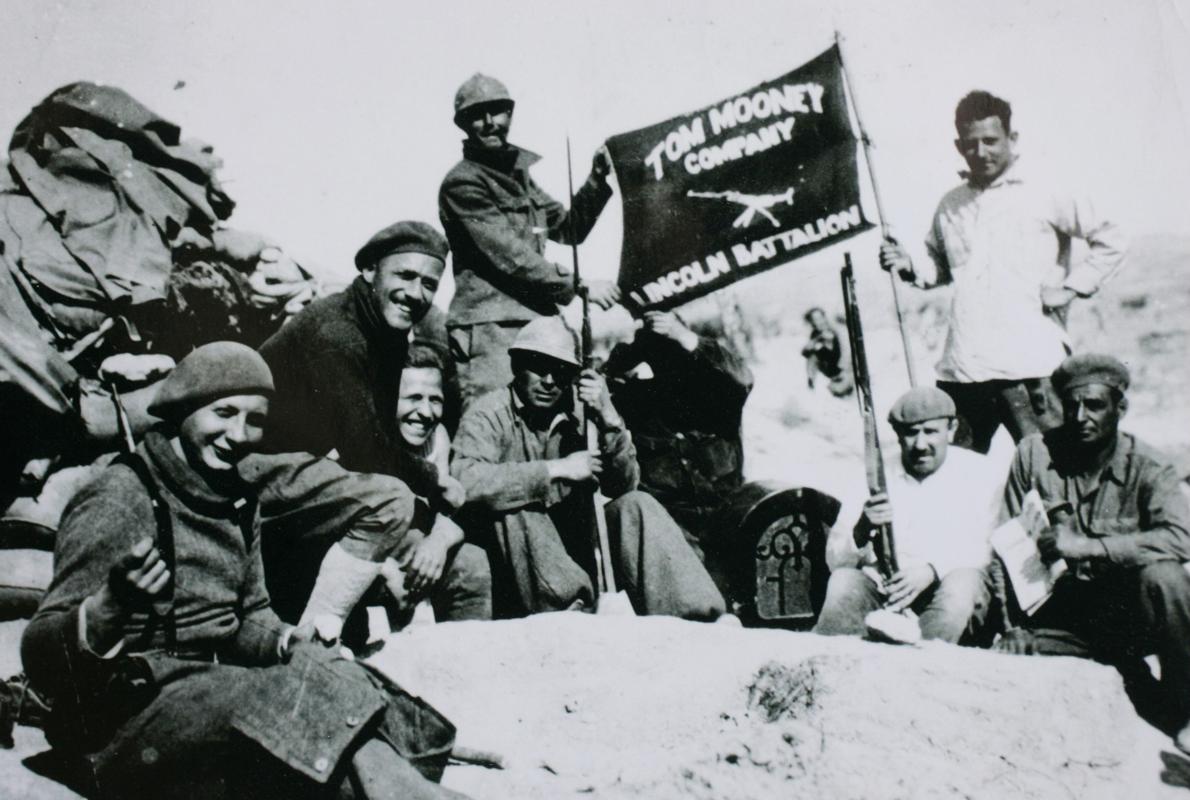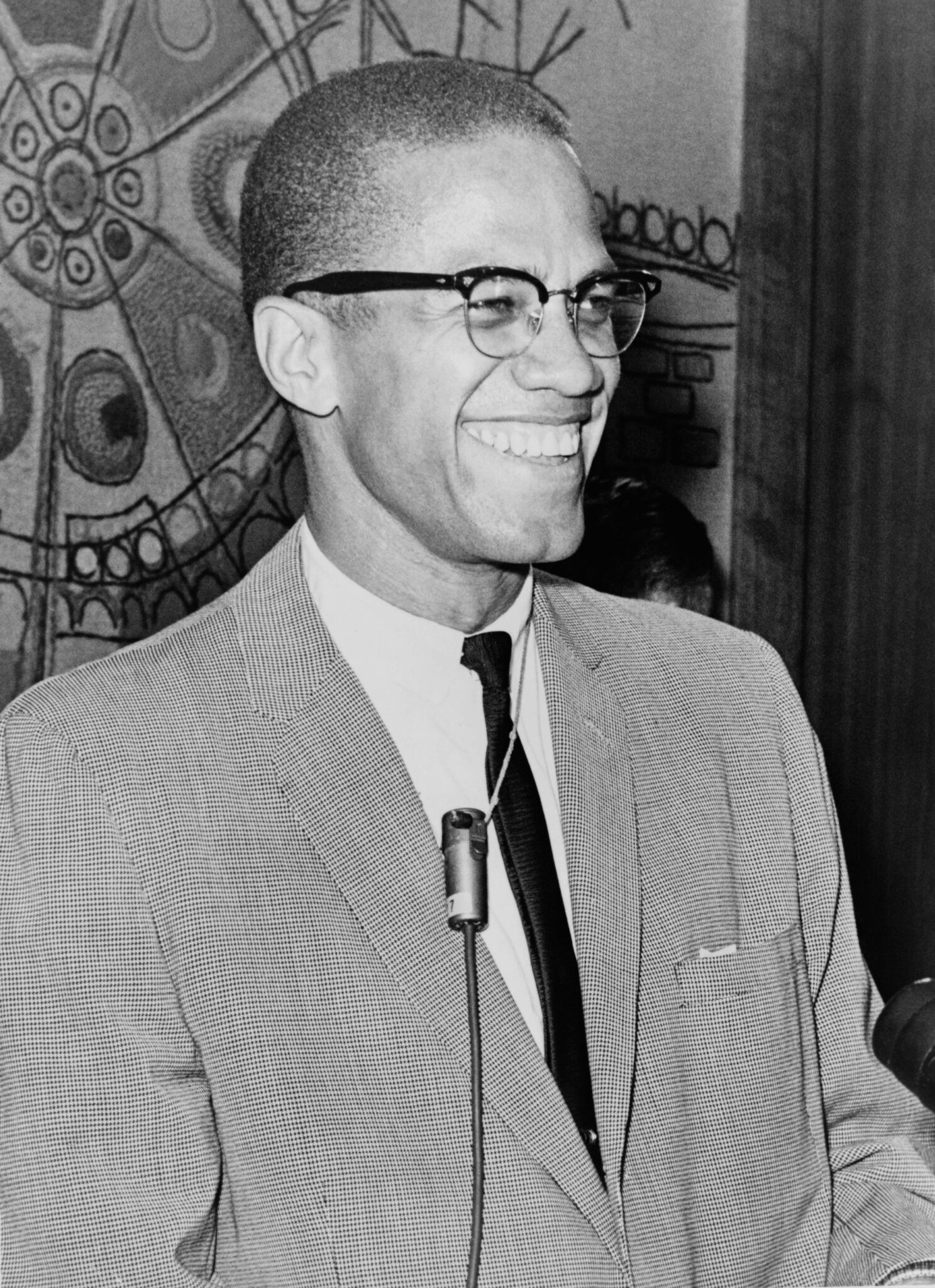
Today in Labor History February 21, 1797: In the wake of the French Revolution, 1,400 French soldiers invaded Britain. They came to support the Society of United Irishmen in the Battle of Fishguard. A force of only 500 British reservists defeated them within two days. This was also the last time that a foreign army invaded Britain. 33 French soldiers died. The British captured another 1,360. In 1798, the United Irishmen instigated a republican insurrection, which failed.
1800s

Today in Labor History February 21, 1848: Karl Marx and Friedrich Engels published the “Communist Manifesto” in Brussels. The Revolutions of 1848 were just beginning to erupt across Europe. After the French overthrew their monarchy, revolutions broke out in Germany, Italy and Austria. When the Prussian democratic parliament collapsed, the king imposed new counter-revolutionary measures. Marx moved to Paris, then London, where he and his family lived in poverty while he continued to publish. He wrote his most important work there, “Das Kapital.”
1910s

Today in Labor History February 21, 1919: Extremists assassinated Kurt Eisner in Munich. Eisner was a socialist activist in the Bavarian revolution and president of the Republic of Councils. The Central Council of the Republic declared a General Strike and state of siege in response, leading to the Bavarian Soviet Republic in April 1919. Workers’ councils ran the republic. The reactionary Freikorps paramilitary, along with elements of the German Army, quashed the republic in May. Many of those involved in the overthrow of the Bavarian Soviet Republic went on to become members of the Nazi Party.
1930s

Today in Labor History February 21, 1934: Augusto Cesar Sandino, Nicaraguan independence fighter, was assassinated by Somoza’s Nation Guard. While in exile in Mexico during the early 1920s, Sandino participated in strikes led by the IWW. Inspired by the anarcho-syndicalist union, he adopted their red and white logo as the colors for the revolutionary Nicaraguan flag.

Today in Labor History February 21, 1937: The League of Nations banned foreign nationals from volunteering in the Spanish Civil War. Nevertheless, thousands from Britain, the U.S. and other countries came to Spain and joined the Republicans in the fight against Franco and fascism. Altogether, over 59,000 international volunteers supported the anti-fascist cause, along with over 3,000 soviet “technicians.” Roughly 500,000 soldiers and civilians died in the war.
1950s-1960s

Today in Labor History February 21, 1958: The CND symbol (aka peace symbol) was designed and completed by Gerald Holtom. The Direct Action Committee (DAC) commissioned the project in protest against the Atomic Weapons Research Establishment. The DAC was a British pacifist organization that did non-violent direct action to obtain the total renunciation of nuclear war and nuclear weapons. It existed from 1957 to 1961. They organized meetings, marches, vigils, pickets and acts of civil disobedience.

Today in Labor History February 21, 1965: Malcolm X was assassinated in the Audubon Ballroom, New York City.
Pingback: Today in Labor History February 26 - Michael Dunn